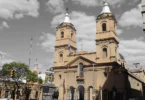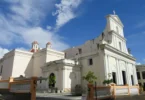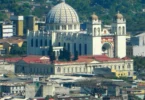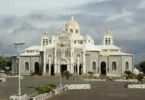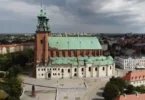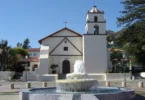Introduction
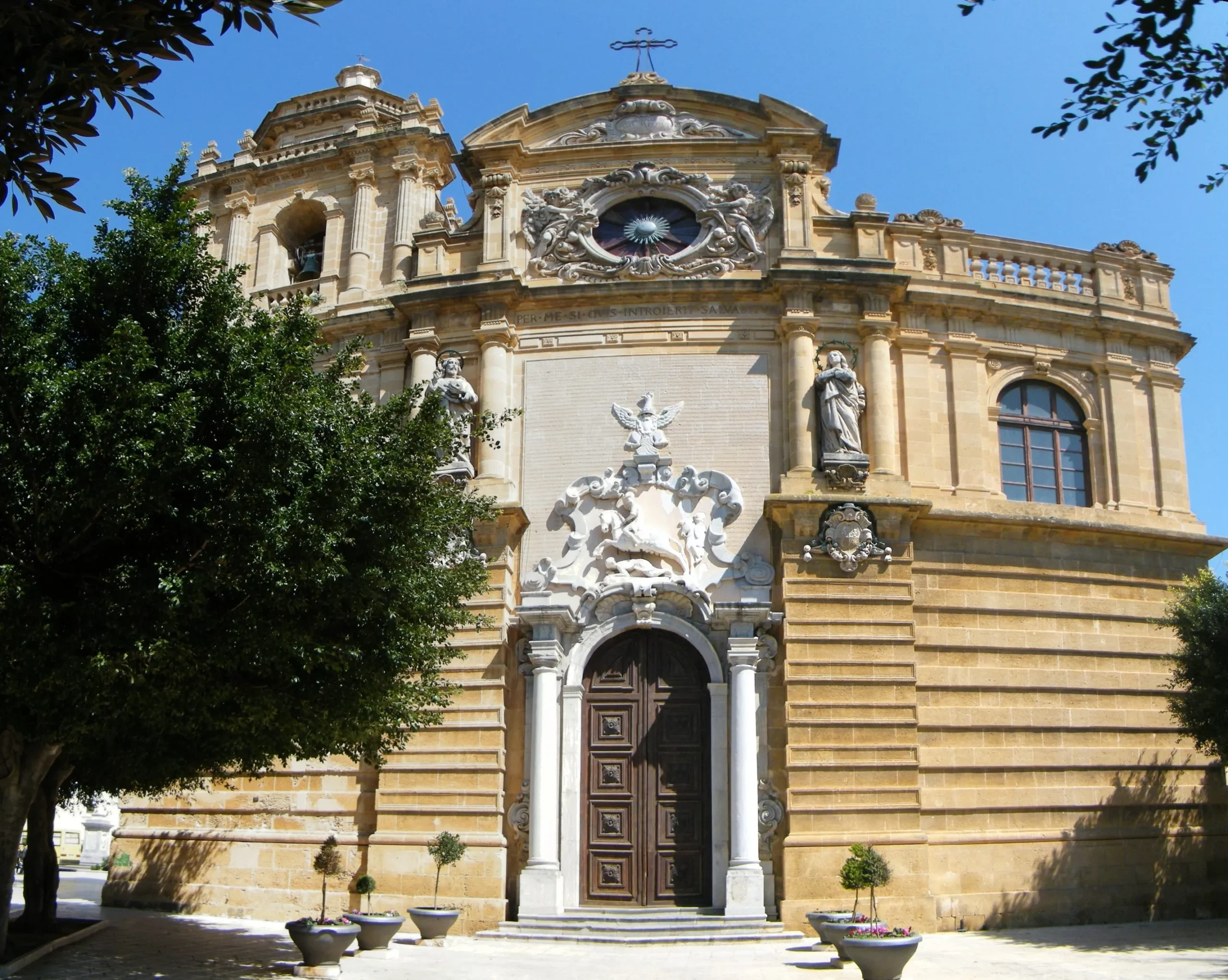
The Minor Basilica of the Santissimo Salvatore, located in Mazara del Vallo in the province of Trapani, stands as the principal Catholic place of worship in the city. This sacred site serves as the mother church of the Diocese of Mazara del Vallo, a prominent religious center in the region. The Diocese of Mazara del Vallo, known in Latin as Dioecesis Mazariensis, is a Latin-rite diocese within the Catholic Church. Situated in the far-western part of Sicily, this diocese is part of the ecclesiastical province of Palermo, acting as one of its suffragan dioceses. The Minor Basilica not only holds significant spiritual importance but also plays a central role in the religious and cultural life of the community, being the focal point for Catholic worship in the area.
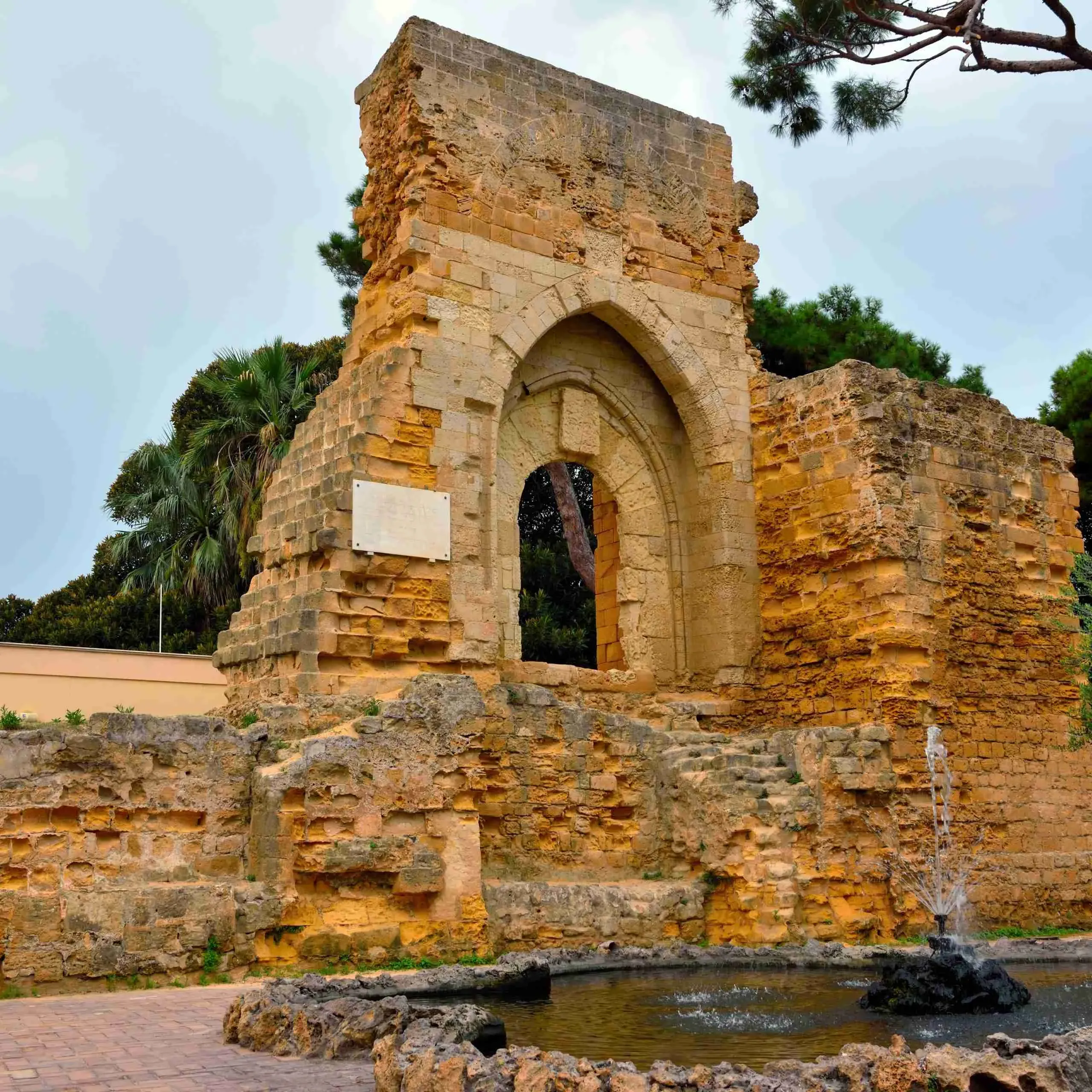
Norman Era
The origins of the Minor Basilica of the Santissimo Salvatore date back to the 11th century during the Norman conquest of Sicily. The cathedral was commissioned by Roger I of Sicily, who, following his victory over the Saracens at the Battle of 1072, made a vow to build a church in gratitude for his success. Construction began under the direction of the Norman architect Etienne de Rouen between 1086 and 1093. The church was built on the site of an ancient basilica that had been destroyed by the Saracens in 828. This new cathedral, designed in the Romanesque style, symbolized the growing power of the Normans in Sicily and their commitment to the Christian faith.
Aragonese Era
In the late 15th century, during the Aragonese period, the cathedral underwent significant renovations under the guidance of Bishop Giovanni Monteaperto Chiaramonte. In 1477, as the Renaissance began to flourish in Sicily, Chiaramonte embarked on a major remodeling project that transformed the cathedral. He enhanced the structure with a magnificent façade, built the Chapel of Santa Maria del Soccorso, and enriched the interior with a library of precious Greek and Latin manuscripts. Additionally, the bishop established a room to house the Cathedral Treasury and a space to store a valuable collection of tapestries. These improvements reflected the cultural and intellectual vibrancy of the time, as well as the cathedral’s central role in the religious and civic life of the region.
Spanish Era
By the end of the 17th century, the cathedral had begun to deteriorate, prompting significant efforts to restore and rebuild the structure. In 1689, Bishop Francesco Maria Graffeo faced the challenge of addressing the dilapidated state of the cathedral. The reconstruction process began with the laying of the foundation stone on June 18, 1690. The design and construction were overseen by the skilled Trapani architect Pietro Castro and master builder Pietro Schifano. Their work radically transformed the structure, and by 1694, the cathedral was completed in a more baroque style, featuring elaborate decorations and an imposing appearance that reflected the grandeur of the Spanish era.
Contemporary Era
The cathedral continued to serve as a central place of worship until it was significantly damaged by the Belice earthquake in 1968. The destruction caused by the earthquake led to the closure of the church in 1973 for necessary restoration and consolidation work. During this period, efforts were made to preserve the structural integrity of the building and repair the damage caused by the seismic activity. In recognition of its historical and spiritual importance, in 1980, Pope John Paul II elevated the cathedral to the status of a minor papal basilica. This honor reaffirmed the cathedral’s significance as a religious landmark and its ongoing role in the faith life of the people of Mazara del Vallo.
Architecture of Cathedral of the Holy Savior, Mazara del Vallo, Italy
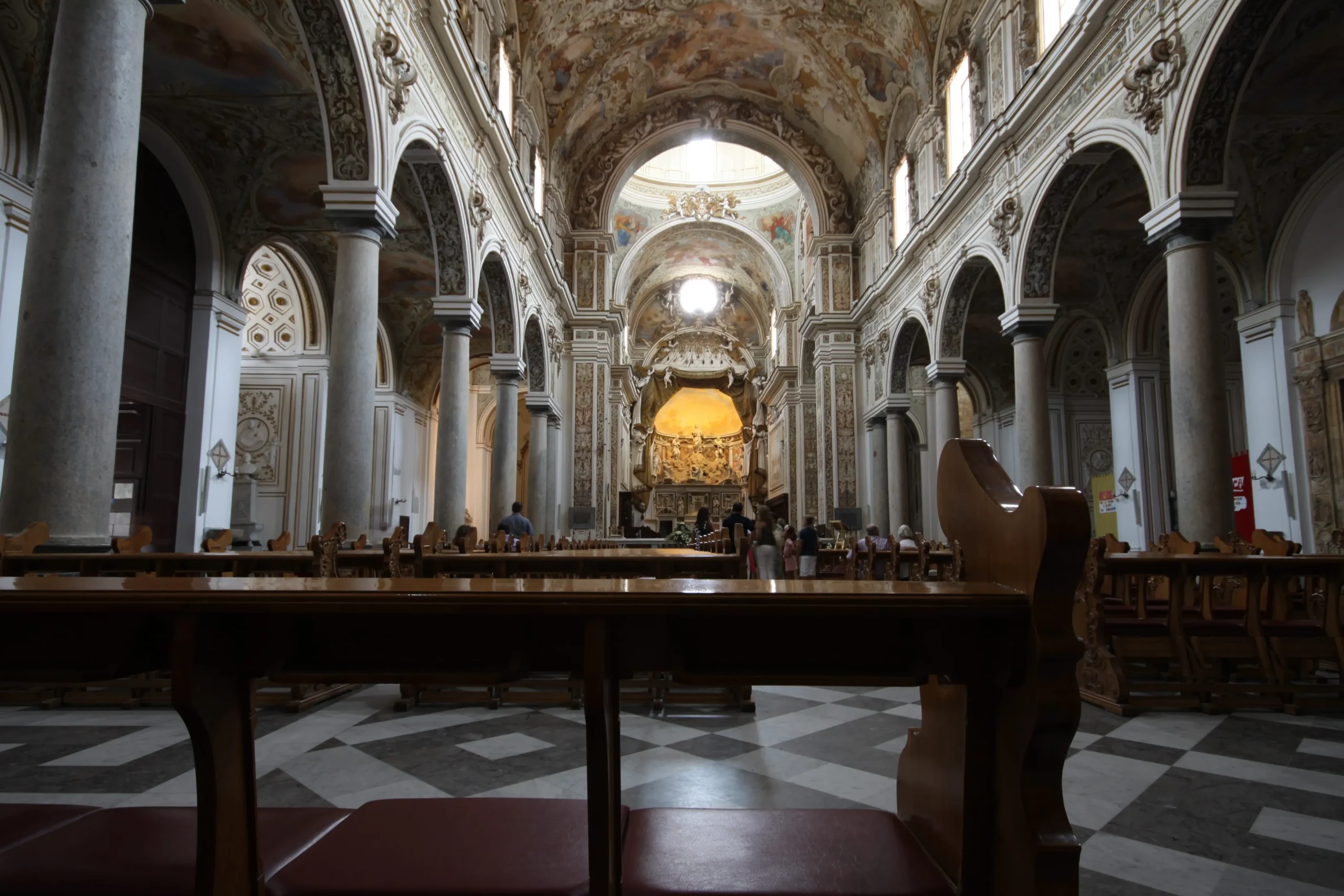
External Features of the Minor Basilica of the Santissimo Salvatore
The architectural style of the Minor Basilica of the Santissimo Salvatore combines influences from Northern Europe, introduced by the Normans during their conquest of Sicily. The structure’s façade features a double tower and a transept with three apses, elements that trace their origins to the architectural traditions of Normandy and England, particularly the Cluniac style. Over time, the cathedral underwent various modifications, with a Baroque covering applied to the façade and the upper portion of the left bell tower. The rear of the church today only reveals the central apse, marking the evolution of the structure across different eras.
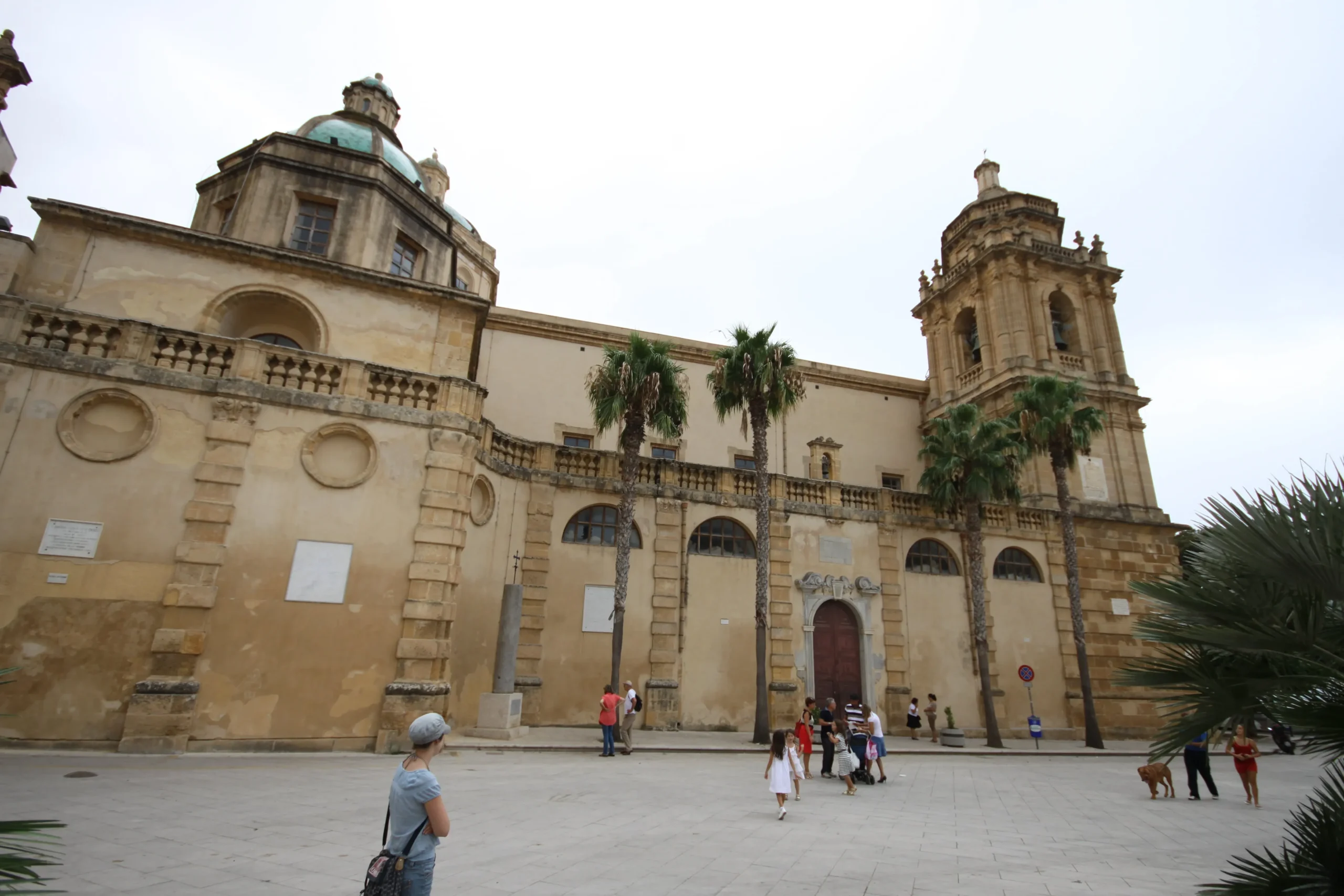
Interior Features of the Minor Basilica of the Santissimo Salvatore
The interior of the basilica is a remarkable blend of Norman, Baroque, and Renaissance styles. It is divided into three naves by Tuscan columns, which support round arches. The transept and its arms are crowned by domes with colorful majolica tiles, with the central dome in an elliptical shape, featuring a fresco by Rosario Spagnolo (1910–1914) that depicts the Last Judgment. The church also houses a painted wooden cross from the 13th century, crafted by an anonymous Sicilian master, placed in the intrados of the triumphal arch. This cross displays the Crucified Christ on one side, the Agnus Dei in the center, and the iconographic symbols of the Four Evangelists at the ends of the arms. The naves are adorned with stucco decorations, most notably in the central nave, where the work of Pietro Orlando stands out. The decorative style, combined with the architectural layout, creates a solemn yet grand atmosphere.
The Crypt
Right Aisle: Chapels and Artistic Features
The Right Aisle of the Minor Basilica of the Santissimo Salvatore is home to several significant chapels, each adorned with beautiful artwork and architectural features. The First Span houses the Chapel of Santa Rosalia, which includes an aedicule with a painting of the saint, surmounted by a tympanum. This chapel is dedicated to Santa Rosalia, a revered patron saint of Palermo. In the Second Span, the Chapel of the Pietà features another aedicule with a painting and tympanum, depicting the poignant image of the Virgin Mary holding the body of Christ after his crucifixion. This chapel is a reflection of both sorrow and devotion.
The Third Span leads to the Chapter House and contains the Portal of Sant’Egidio, a remarkable marble work by Bartolomeo Berrettaro, created in 1525. This intricately detailed portal is divided into eight compartments, each portraying scenes from the life of Saint Egidio, as well as the Crucifixion and the Virgin and Child, surrounded by angels and saints. Additionally, the vestibule houses two Roman sarcophagi, one illustrating the Amazonomachy (the battle between the Greeks and the Amazons) and the other depicting the Hunt of Meleager, both offering a glimpse into the church’s rich historical past.
The Fourth Bay is home to the Chapel of the Madonna of Trapani, where an aedicule with a painting is also surmounted by a tympanum. This chapel honors the Madonna of Trapani, an iconic image of the Virgin Mary held in great reverence in the region. Finally, the Fifth Bay features the Chapel of St. Peter and Paul, dedicated to these two apostles who played pivotal roles in the spread of Christianity. This chapel honors their legacy and provides a space for reflection on their significant contributions to the Christian faith.
Chapel Details in the Left Aisle
The Left Aisle of the Minor Basilica of the Santissimo Salvatore showcases a series of chapels, each with its own distinctive artwork and historical significance. The First Span features the Chapel of San Vito, dedicated to the Christian martyr Saint Vito. This chapel includes an aedicule with a painting, surmounted by a tympanum, and is notable for being the burial site of Bishop Emanuele Catarinicchia, connecting the space to the diocese’s history. The Second Span holds the Chapel of Sant’Agata, dedicated to the patron saint of Catania. Like the previous chapel, it contains an aedicule with a painting and tympanum, honoring the legacy of Saint Agatha. Moving to the Third Span, the Left Passage offers lateral access to Piazza della Repubblica, with Roman sarcophagi displayed along the walls, illustrating ancient mythological scenes and enhancing the historical depth of the basilica. The Fourth Bay features the Chapel of Saint Tryphon the Martyr, another chapel dedicated to a Christian martyr, with an aedicule and painting, surmounted by a tympanum. Finally, the Fifth Span houses the Chapel of the Souls in Purgatory, a poignant space depicting a painting of the Souls in Purgatory, with Christ the Savior and the Virgin Mary above. The altar is graced by a statue of the Sorrowful Virgin, and the painting includes Saint Lawrence the Martyr with a gridiron, linking the chapel’s imagery to themes of suffering, purification, and redemption. Each chapel in the left aisle provides a deeply spiritual and artistic experience.
Transept Features and Chapels
The Transept Features of the Minor Basilica of the Santissimo Salvatore are rich with historical and artistic significance, showcasing a blend of Baroque and earlier styles. The Right Apse houses the Chapel of the Blessed Sacrament, which was remodeled in 1610 by Bishop Marco La Cava and further improved by Bishop Juan Lozano. This Baroque-style chapel replaced the original apse and is home to the tombs of notable figures such as Ugone Papé di Valdina, Marco La Cava, and Juan Lozano. The altar is dominated by a large tabernacle, surmounted by a circular colonnaded temple that houses a Crucifix, with the altar area framed by a golden sunburst and winged cherubs, emphasizing the divine presence. The Right Arm contains the Chapel of Maria Santissima del Soccorso, which is adorned with a 13th-century fresco of Christ Pantocrator, a significant early Christian artwork. This chapel also contains 16th-century sarcophagi with reliefs of saints, along with the Madonna del Soccorso, a marble sculpture by Domenico Gagini. Originally part of the Montaperto Chiaramonte Chapel, it also holds marble artifacts from the Gagini family’s work. The Left Apse is dedicated to the Chapel of the Immaculate Conception, featuring a statue of the Virgin Mary and serving as the burial site of Bishop Costantino Trapani, further enhancing its historical importance. Finally, the Left Arm holds the Chapel of the Ciborium, which showcases a ciborium designed by Antonello Gagini, integrated into a Baroque altar. The transept also features a statue of Saint Vincenzo, created by Antonino Gagini in 1537, along with reliefs depicting his life and martyrdom, making this space a poignant reminder of the basilica’s deep religious and artistic heritage.
Main Altar and Presbytery
The Main Altar is an extraordinary masterpiece, featuring The Transfiguration on Mount Tabor, a group of six marble statues depicting Jesus, Moses, Elijah, Saint Peter, Saint James, and Saint John. Commissioned by Antonello Gagini in 1532 and completed by his son Antonino in 1537, the statues were later modified in the late 16th century by Bishop Antonio Lombardo, who created a fictitious mountain to simulate the topography of Mount Tabor. The altar is surrounded by allegorical representations, including figures of the Virgin Mary and Saint John the Baptist, while the apse is dominated by the figure of God the Father, with angels and prophets framing the scene.
Notable Works of Art
The Notable Works of Art in the Minor Basilica of the Santissimo Salvatore highlight the exceptional craftsmanship and religious significance of the site. One of the key pieces is the San Salvatore (1802), a wooden statue by Girolamo Bagnasco, showcasing the artist’s skill in capturing sacred figures in wood. The Madonna of Trapani (18th century), an oil painting by Giuseppe Felici, adds to the basilica’s artistic richness, portraying the Virgin Mary in a striking, devotional style. Another significant work is the San Vito, San Modesto, and Santa Crescenza (18th century), an oil on canvas by Tommaso Maria Sciacca, which captures the essence of these saints in a vivid and emotive portrayal. The Madonna del Soccorso Statue, crafted by Domenico Gagini, is housed in the Montaperto Chiaramonte Chapel and was commissioned by Bishop Giovanni Montaperto Chiaramonte. This exquisite marble statue reflects the high artistic standards of the period. Perhaps one of the most important works is the marble sarcophagus of Bishop Giovanni Montaperto Chiaramonte, also created by Domenico Gagini. This masterpiece of Sicilian Renaissance sculpture features intricate depictions of virtues, saints, and other religious figures, standing as a testament to the region’s artistic heritage and the basilica’s deep cultural and spiritual history.
Feast Day
Feast Day : 06 August
The feast day of the Cathedral of the Holy Savior (Cattedrale del Santissimo Salvatore) in Mazara del Vallo, Italy, is celebrated on August 6th. This date is dedicated to the Transfiguration of Jesus, which is the central theme of the cathedral’s main altar. The feast commemorates the moment when Jesus was transfigured on Mount Tabor, revealing his divine nature to three of his apostles.
Church Mass Timing
Monday : 9:00 AM.
Tuesday : 9:00 AM , 6:00 PM.
Wednesday : 9:00 AM.
Thursday : 9:00 AM.
Friday : 9:00 AM , 6:00 PM.
Saturday : 6:30 PM.
Sunday : 9:00 AM , 10:15 AM , 11:30 AM , 6:30 PM.
Church Opening Time:
Monday : 10:00 am – 12:00 pm., 4:30 pm – 6:00 pm.
Tuesday : 10:00 am – 12:00 pm., 4:30 pm – 6:00 pm.
Wednesday : 10:00 am – 12:00 pm., 4:30 pm – 6:00 pm.
Thursday : 10:00 am – 12:00 pm., 4:30 pm – 6:00 pm.
Friday : 10:00 am – 12:00 pm., 4:30 pm – 6:00 pm.
Saturday : 10:00 am – 12:00 pm., 4:30 pm – 6:00 pm.
Sunday : 10:00 am – 12:00 pm., 4:30 pm – 6:00 pm.
Contact Info
Address :
Piazza della Repubblica, 1, 91026 Mazara del Vallo TP, Italy.
Phone : +39 0923 941919
Accommodations
Connectivities
Airway
Cathedral of the Holy Savior, Mazara del Vallo, Italy, to Trapani-Birgi Airport (TPS), distance between 49 min (41.9 km) via Strada Scorrimento Veloce Trapani-Marsala and SR18.
Railway
Cathedral of the Holy Savior, Mazara del Vallo, Italy, to Mazara del Vallo Railway Station, distance between 5 min (1.0 km) via Via Ten. Gaspare Romano and Corso Umberto I.


